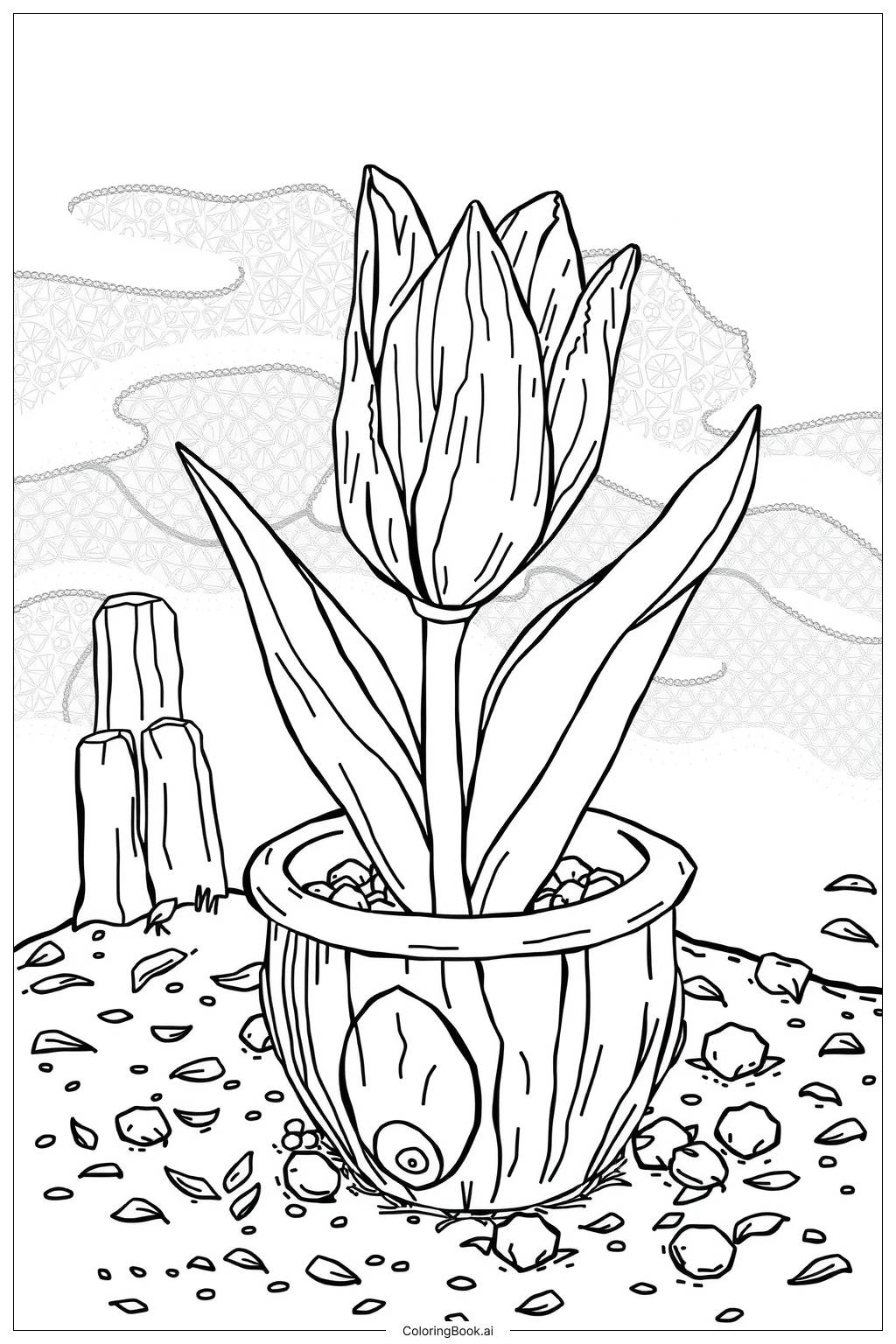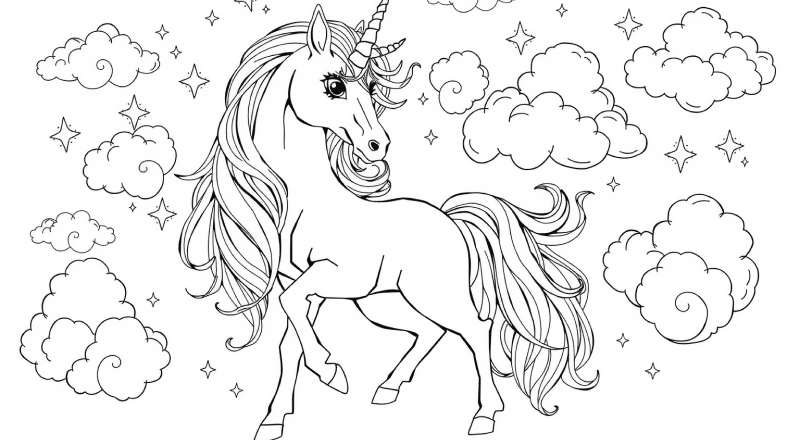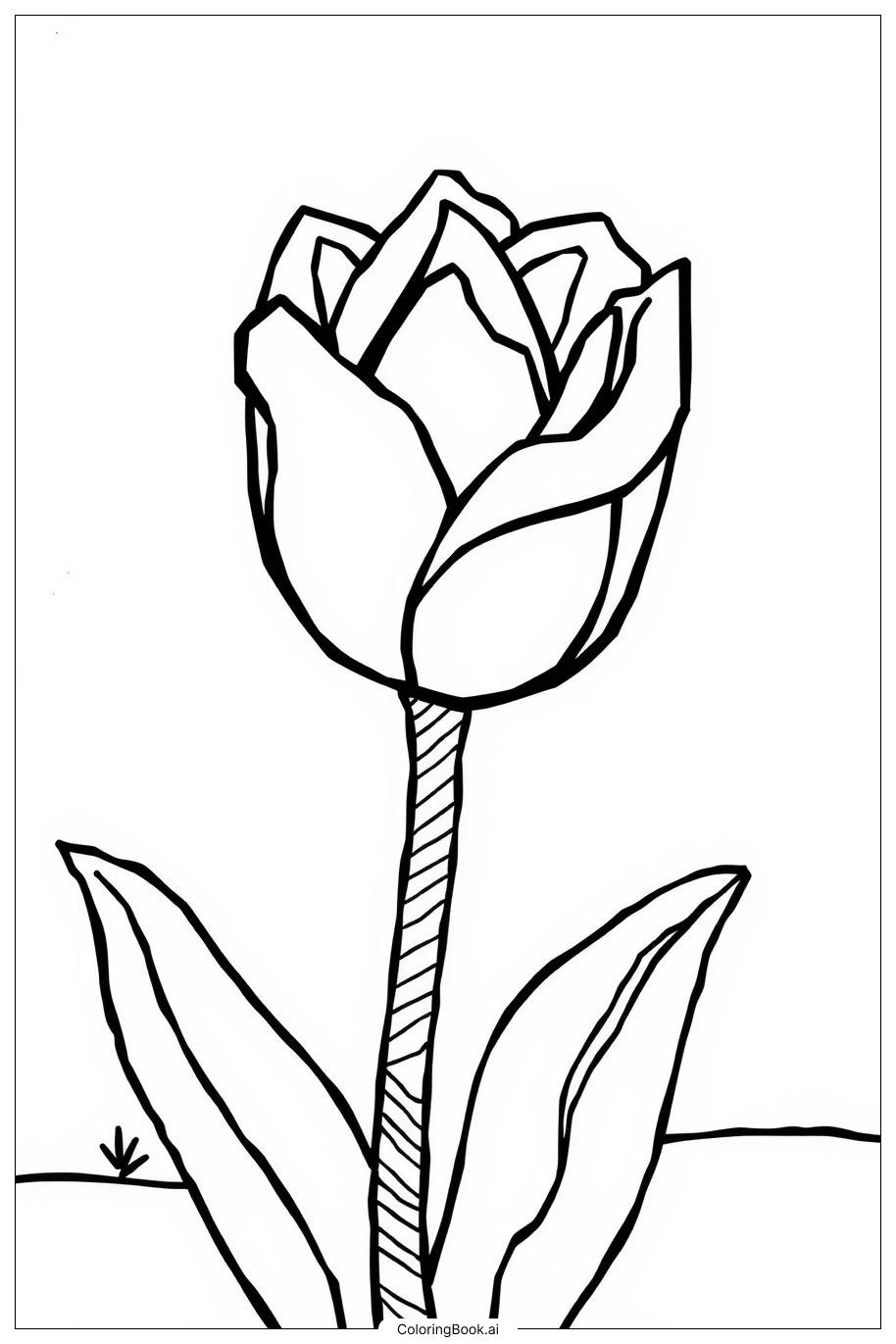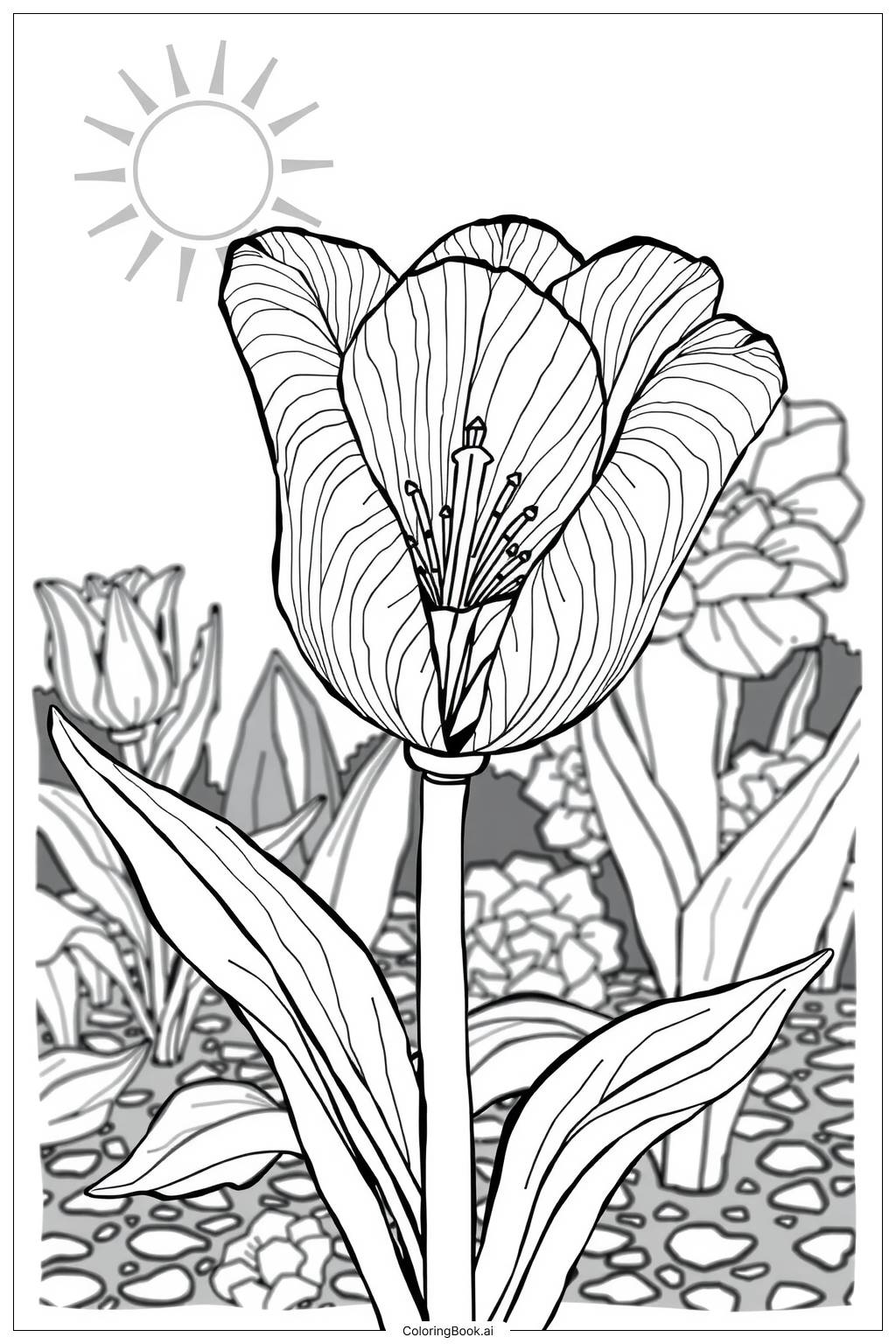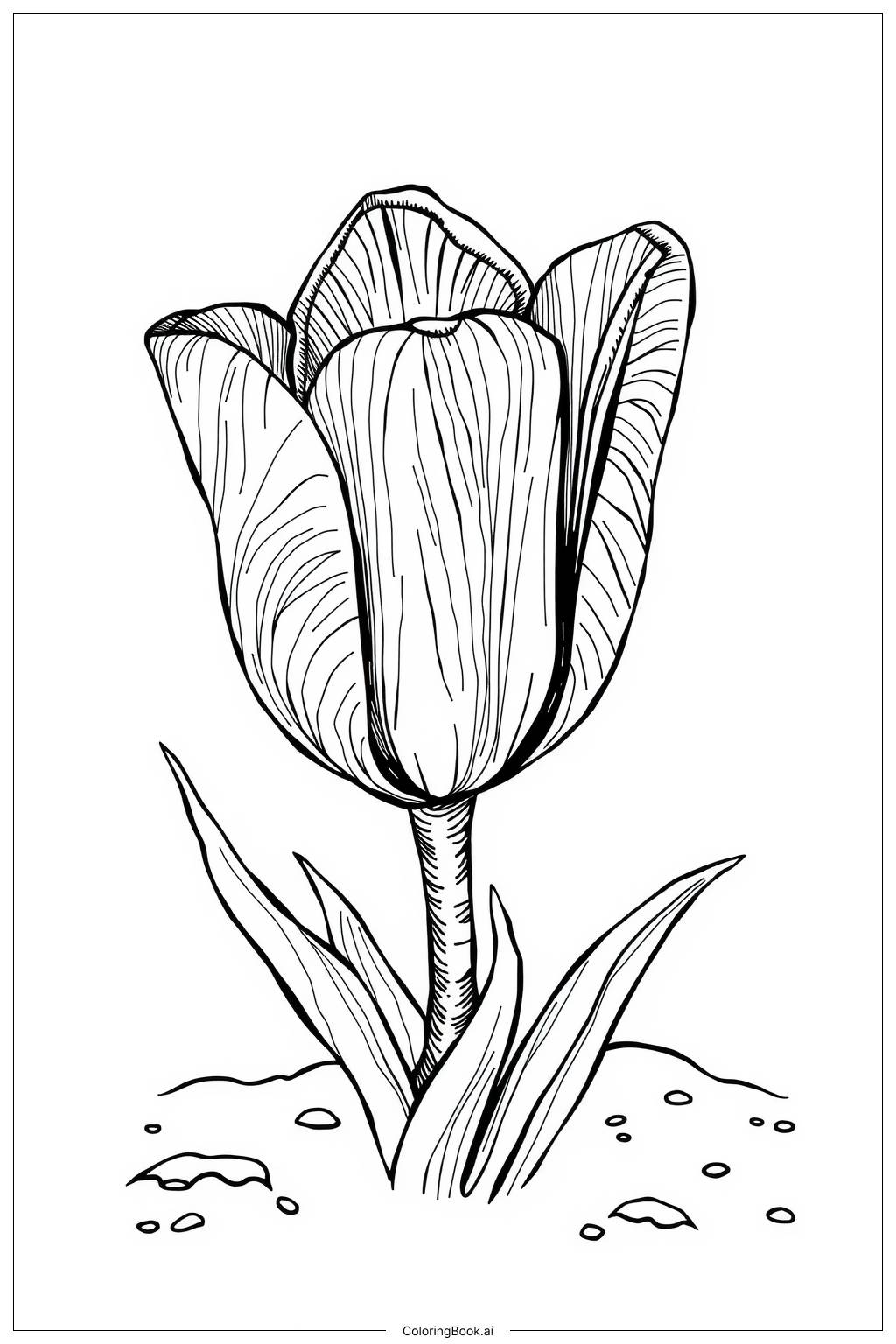Coloring tips: How to color Realistic Tulip in a Rustic Pot coloring page well?
For the tulip, consider using bright colors like red, pink, or yellow to highlight its beauty. You could also blend colors for a more realistic look. The leaves can be shaded in varying shades of green to create depth. For the pot, earth tones like browns or grays would work nicely. Don't forget to add shadows to create a three-dimensional effect. The surrounding rocks can be colored in shades of gray or beige to reflect their natural appearance. Always experiment with your color choices for a custom look!
Coloring challenges: Which parts are difficult to color and need attention for Realistic Tulip in a Rustic Pot coloring page?
1. **Detailing of the Tulip**: The petals of the tulip have intricate lines which may be challenging for younger children. They need to carefully color within these lines to avoid accidental smudging.
2. **Shading and Blending**: To make the tulip look realistic, artists may want to blend colors together. This technique can be difficult for beginners. Children will need practice to master the art of shading.
3. **Pot Texture**: The rustic pot has a textured surface. Capturing this texture with color can be tricky, as it requires precise coloring to show the wood grain.
4. **Background Patterns**: The whimsical patterns in the background also present a challenge. Choosing appropriate colors that don't clash with the tulip is crucial.
5. **Rock Details**: The small rocks around the pot can easily blend into the background unless colored distinctly. Artists will need to focus to make them stand out.
Benefits of coloring books: Advantages of drawing Realistic Tulip in a Rustic Pot coloring page
Coloring this tulip page helps develop fine motor skills, which are important for young artists. As children focus on filling in the details, they enhance their coordination and dexterity. This activity also encourages creativity; kids can use any colors they imagine. Whether they choose realistic hues or a wild rainbow, it boosts their confidence in expressing themselves. Additionally, coloring can be a relaxing activity, helping to reduce stress or anxiety. Lastly, completing the page gives a sense of accomplishment, motivating kids to explore more art projects.
